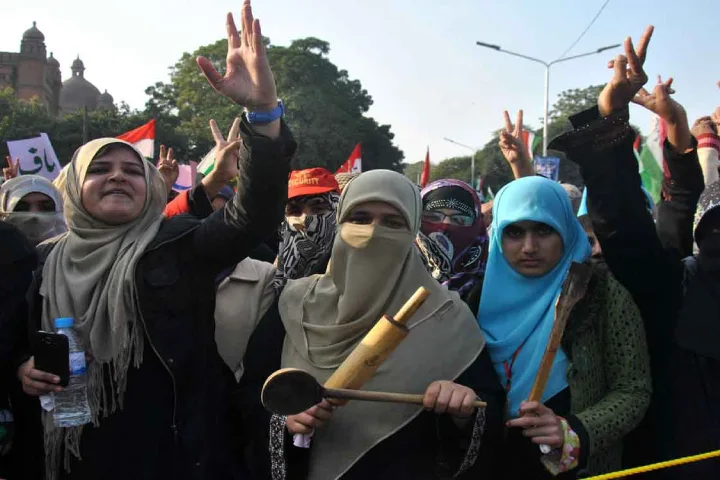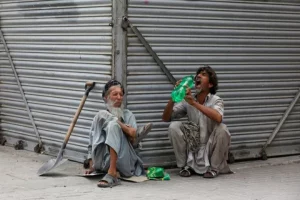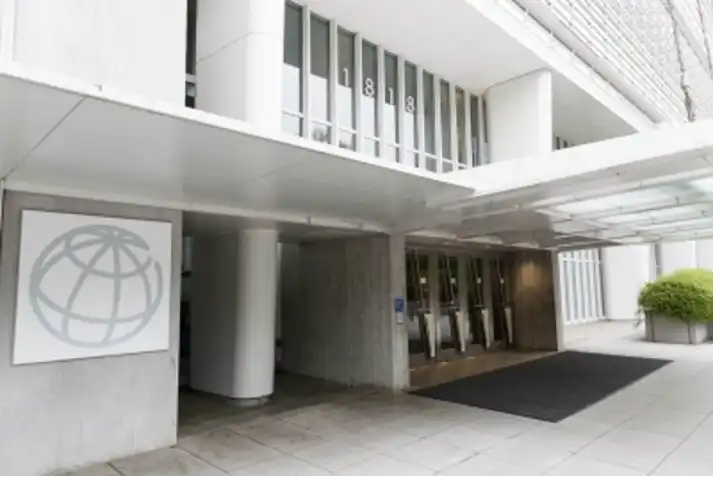The World Bank has cautioned that over 10 million Pakistanis may fall below the poverty line, mainly due to a slothful economic growth rate and spiraling inflation at a staggering 26 per cent for the current fiscal year.
The World Bank’s bi-annual report titled ‘Pakistan Development Outlook’ sketched out a very grim picture of the country’s economy, giving indications that it is poised to fall short of meeting any of its major macroeconomic targets.
The WB report also highlighted that Pakistan is expected to miss its primary budget target as well, which would keep Islamabad in deficit for at least three more years.
“Despite a broad-based yet nascent economic recovery, poverty alleviation efforts remain insufficient,” said Sayed Murtaza Muzaffari, lead author of the WB report.
“Economic growth is projected to stagnate at a paltry 1.8 per cent maintaining the poverty rate at around 40 per cent with approximately 98 million Pakistanis already grappling with poverty. The vulnerability of those hovering just above the poverty line, with 10 million individuals at risk of slipping into poverty in the face of shocks,” he added.
The WB report also warns that the persistent rise in inflation and cost-of-living crisis coupled with high transportation costs had the potential to trigger an increase in out-of-school children and delayed medical treatments, while food security remains a serious and major challenge in the country.
“Poverty reduction is projected to stall in the medium term due to weak growth, low real labor incomes, and persistently high inflation,” stated the WB report.
“Chronic inflation in the absence of substantial growth, along with policy uncertainty, could cause social discontent and have negative welfare impacts,” the report added.
As far as Pakistan’s economic growth is concerned, WB report stated that Islamabad’s growth is expected to grow by only 1.8 per cent during the current fiscal year ending June 2024, while the official target is 3.5 per cent.
Moreover, growth during the next fiscal year is also expected to be at only 2.3 per cent, which is even lower than the population growth rate of 2.6 per cent.
“The subdued recovery reflects right monetary and fiscal policy, continued import management measures aimed at preserving scarce foreign reserves, and muted economic activity amid weak confidence,” stated the WB report.
All the above-mentioned and many more such indicators on circular debts, inflation and GDP growth show a very grim and weak picture of Pakistan’s economy and its growth forecasts for at least three years or more, giving no hopes to the locals, who are fast falling under the poverty line every day.




















